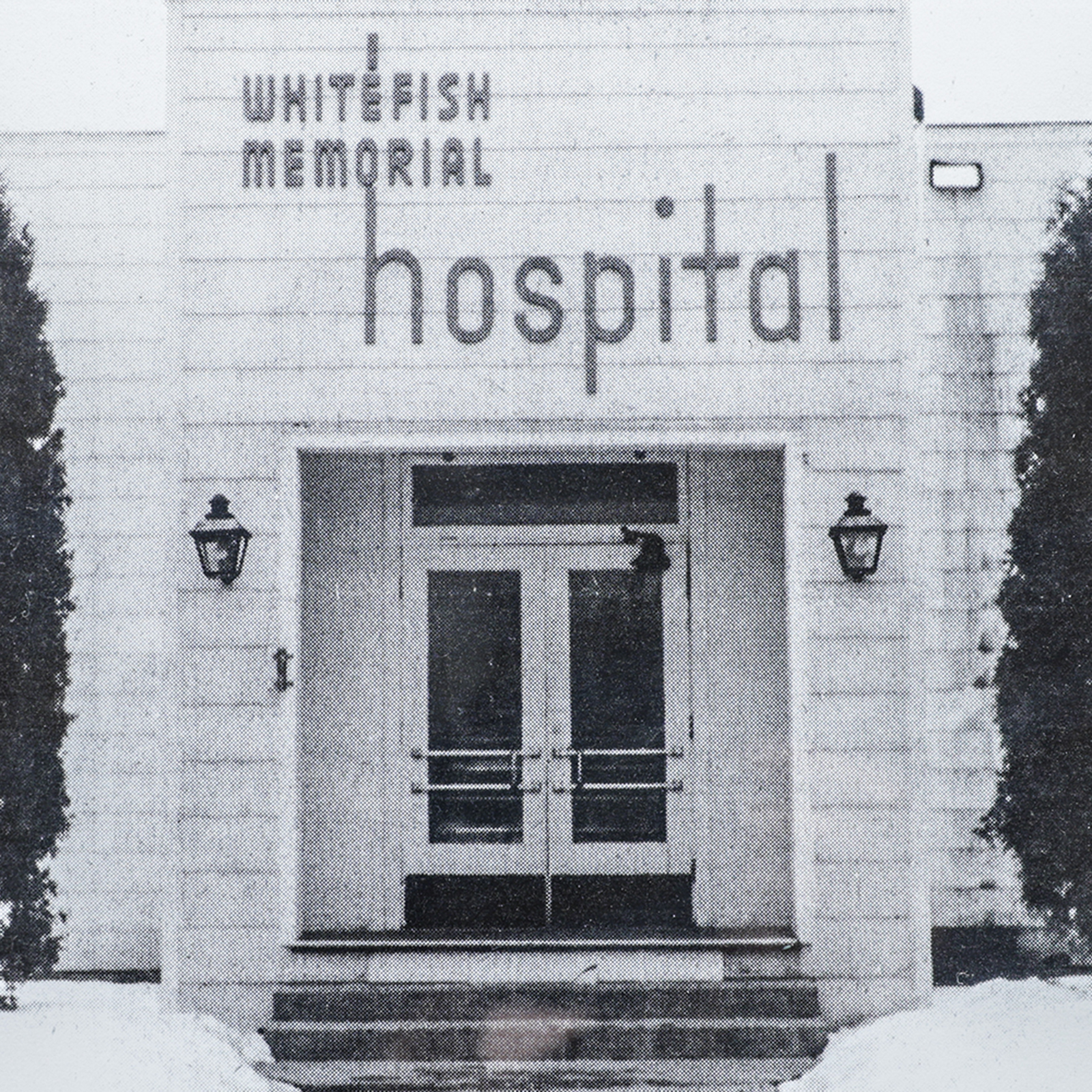
Paige Leigh Nadeau, daughter of Christina and Lance Nadeau of Bigfork, was the first baby born at Whitefish’s “new” North Valley Hospital on March 23, 2007, about 24 hours after the hospital opened. The birth garnered more than just an announcement in the newspaper; instead, it commanded a whole story under the headline, “First baby at new hospital,” and a photo of the new family.
Some 17 years later, nearly 10,000 babies (9,745 to be exact, as of this writing in late August) have been born at North Valley, now called Logan Health Whitefish. Riley Polumbus, the head of marketing and community relations for the hospital, likes to point out that by now, just about every student at Whitefish High School who was born in Whitefish was probably born in the “new” hospital.
But while Whitefish’s hospital is still relatively new, its deep roots in the community remain strong. In fact, 2025 will mark 120 years since the community perched at the top of the Flathead Valley got its first hospital, a simple facility located inside a house on the corner of Fourth Street and Spokane Avenue. That hospital, which had only two nurses and a physician, is a far cry from today’s modern 90,000-square-foot hospital situated on a 45-acre campus near the intersection of U.S. Highway 93 and Montana Highway 40. And while the hospital has grown considerably and is now part of a regional system spanning two states, it still takes pride in being a “small-town” hospital.
“I think it’s the personal connection that makes this place special,” said Joan Werner, a pre-admission nurse at the hospital who has worked in nearly every department there since 1979. “You’re not just a number here. You’re a person.”
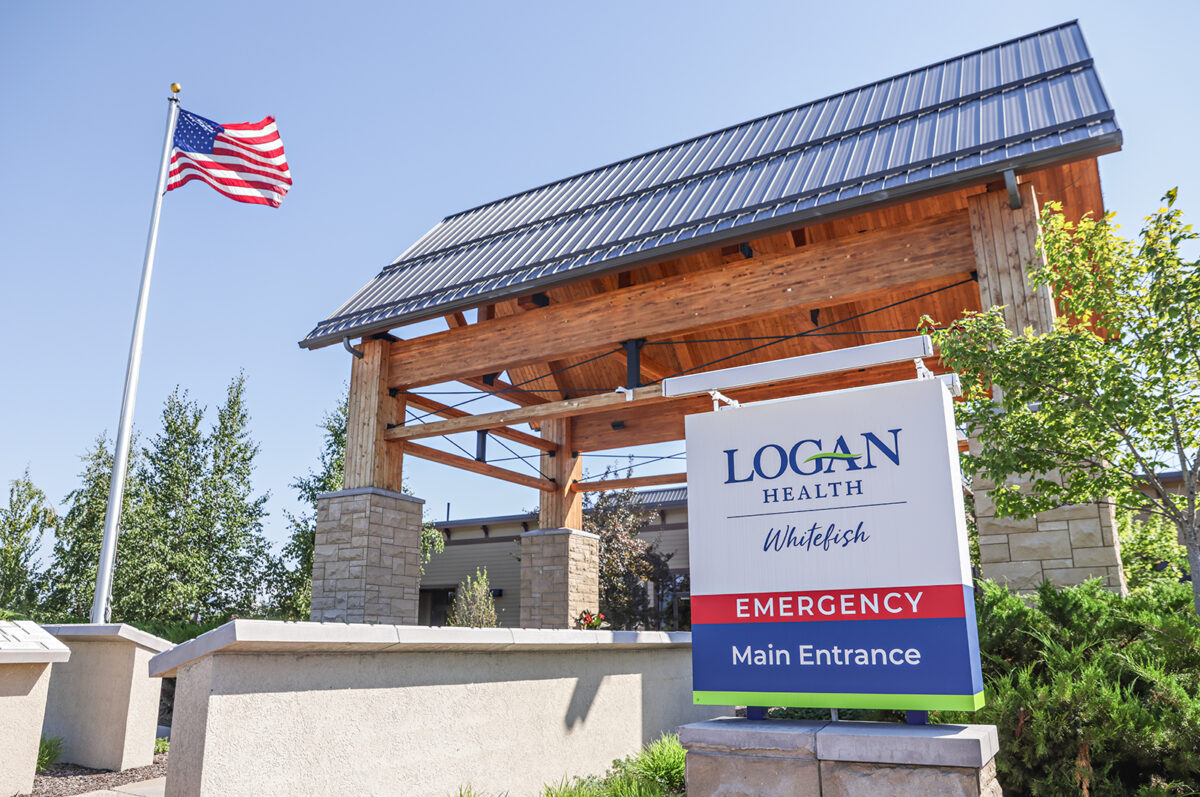
Railroad Roots
Whitefish has long been connected with the Great Northern Railway, which completed a new main line route through town in 1904, avoiding rugged terrain west of Kalispell and leaving that community on the stub-end of a branch line. The influence the railway has around town is obvious even today, with names like Railway Avenue and establishments like the Great Northern Bar & Grill. Unsurprisingly, the railroad also played a role in the founding of what would eventually become Logan Health Whitefish.
In 1905, a year after the new rail line through Whitefish opened, the Great Northern established a hospital with a doctor and two nurses to treat its employees who were injured on the job. In the 19th and early-20th centuries, railroading was a dangerous profession, and almost immediately, rail companies recognized the need to provide some form of medical care for their workers. Just a few years after it was established as America’s first railroad in 1827, the Baltimore & Ohio Railroad hired a doctor. Late historian H. Roger Grant wrote in the journal Railroad History that the B&O’s decision to hire a doctor was likely influenced by the naval tradition of always having a surgeon on ships. Over time, railroads set up their own hospitals for employees and passengers, though it was also common for doctors to treat non-railroad workers. In 1899, a handbook was even published specifically for doctors on the essentials of “railway surgery,” which often dealt with gruesome traumas. According to Grant, by 1917, nearly 14,000 doctors in the United States — about 10 percent of the country’s total physicians — were employed by the railroad industry.

The Great Northern was also possibly involved in Flathead County’s first hospital, although calling it a “hospital” might be a stretch. As the railroad extended into the mountains from the Great Plains, a temporary town called McCarthyville emerged. To care for injured workers, the railroad set up a small hospital and hired a veterinarian to run it. The veterinarian, paid $1 per patient, was not very effective, as about 200 people died in McCarthyville during the railroad’s construction, most within the hospital — likely due to poor medical care. The “doctor” had an assistant whose first duty every morning was to drag out the bodies of those who died the day before and bury them in shallow graves. Eventually, the workers realized their doctor was unqualified and ran him out of town, never to be seen again. By 1896, when Flathead County’s first formal hospital opened under the supervision of Kalispell nurse Ella Webber, the quality of care had improved significantly.
Whitefish’s first hospital opened in early 1905, and a glowing review soon appeared in the local newspaper.
“The people at this end of the county are certainly most fortunate in having in this neighborhood so excellent an institution as the Whitefish hospital,” the Whitefish Pilot report from Sunday, March 11, 1905, read. “Of course, the circumstances is not a pleasant one that sends one to a hospital, but when the occasion arises that demands medical attention and careful nursing, a well-conditioned hospital is a welcome refuge. The Whitefish hospital is in charge of Miss Sarah Hanson and Miss Elizabeth Wann, two professional nurses who are not only experienced but possess that inborn quality so essential to a successful nurse. The hospital at present contains a number of patients and those who have received treatment there have only praise for the excellent care and attention shown them.”
An advertisement in the newspaper the following year promoted the hospital’s rates of $8 to $15 per week (factoring in inflation, a $15 hospital stay would cost about $538 in 2025, pretty reasonable considering today’s healthcare costs).
The Whitefish hospital’s association with the railroad was brief. New regulations and safety initiatives helped make the railroad industry safer. In 1912, the hospital was taken over by Mr. and Mrs. Peter Gutenshon. But they only ran the facility for 11 years before unceremoniously closing it down and turning it into an apartment building, forcing residents in need of medical help to visit one of Kalispell’s two hospitals. Local civic groups met about finding someone to reopen the facility in Whitefish, but with little success. Whitefish was without a hospital for over a decade. Finally, on April 16, 1936, Whitefish General Hospital opened its doors under the care of Superintendent Mrs. J.A. Earhart.
“The ward, private rooms, children’s rooms — where children of all ages may be taken care of, and the nursery, equipped for the newest arrivals, will intrigue you. The finish of the entire hospital is a cool, restful color with little other decorations to distract the interest of patients,” a report in the Whitefish Pilot read on the day of the opening. “After waiting 15 years, Whitefish has a hospital of which they will, no doubt, be very proud. That there has been a need for a hospital has been felt for some time.”
Whitefish General served the community for many years before being replaced in 1947 by Whitefish Memorial Hospital at the corner of Seventh Street and Park Avenue. The 35-bed hospital was built by Dr. John B. Simons and was sometimes simply called “Simons Hospital.” Later, Simons transferred the facility to a nonprofit organization.
In 1964, Whitefish Memorial’s board of directors approved the purchase of nine acres of land along U.S. Highway 93, just under a mile south of downtown. As the north part of the Flathead Valley was expanding, the board realized they needed to expand. While the board briefly considered adding onto the existing building, they decided to start fresh instead. They also agreed to give the new facility a different name when it finally opened.
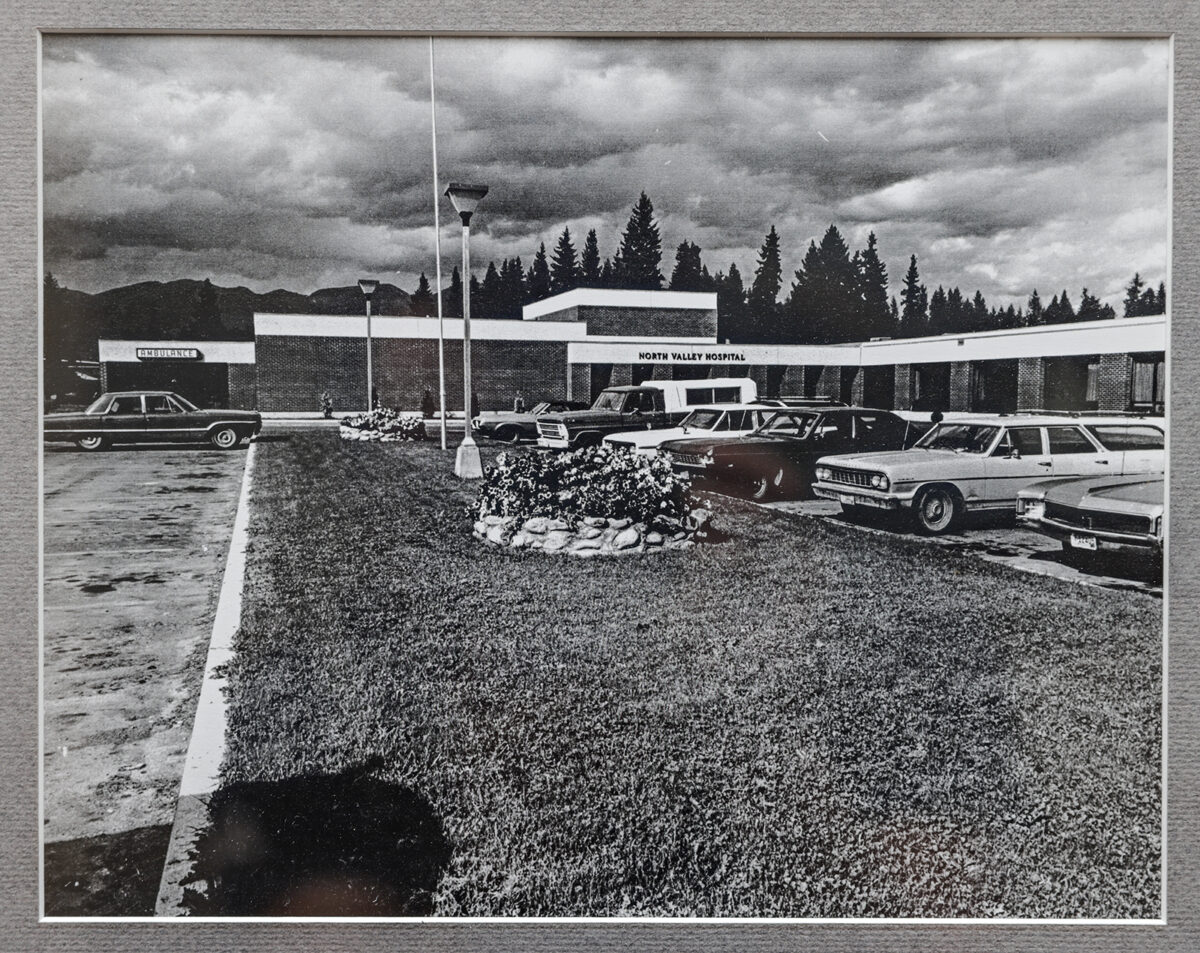
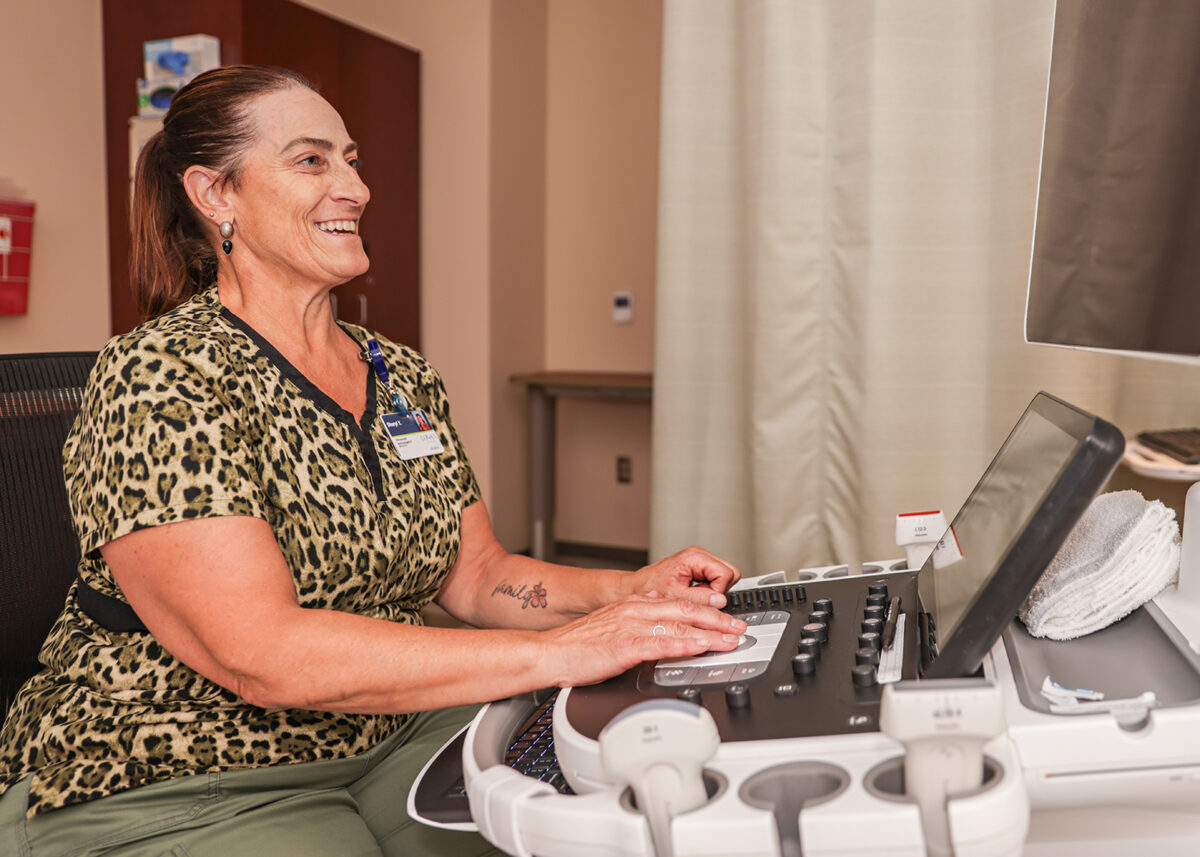
The North Valley Era
On July 24, 1971, more than 2,000 people lined up to visit the new North Valley Hospital, which featured “the most modern equipment and services available.” The next day, on Sunday, July 25, the 23 patients inside the old hospital were moved down the street to the new one. Those in more serious conditions were transported by ambulance, while volunteers provided rides to those who could walk on their own.
The new hospital was twice the size of the old one but quickly proved to be inadequate for the growing community, leading to another expansion in 1975. That expansion was funded through a bond sale, although over the years, the hospital also received significant support from a volunteer auxiliary group. Founded in 1949, the group went by a number of names, including the John B. Simons Hospital Guild, the Whitefish Memorial Hospital Guild, the North Valley Hospital Guild, and the North Valley Hospital Auxiliary. Membership in the group was $1 annually and the group often raised thousands of dollars each year through bake sales, rummage sales, and even fashion shows. The money raised was used to buy essential daily supplies for the facility, and sometimes it even funded major equipment purchases, like a cardiac monitor. Today, the work of the group is continued by the Logan Health Whitefish Foundation.
While the hospital was expanding, some aspects of its operation still felt “small-town.” Most notably, even into the 1980s, the emergency department did not have its own doctors. Instead, local physicians with private practices were called in whenever someone needed to be seen at the hospital. That system worked fine until the hospital started calling too often, said Sheri Yeager, who has worked in the imaging department since 1989.
“It got to the point where the doctors just never had enough time to see their own patients in their own clinics because they kept getting called to go to the hospital,” she said.
In 2002, North Valley became the state’s first Planetree-affiliated hospital. The model, which is certified by Planetree International, puts an emphasis on providing a holistic approach to patient care, addressing not only physical health but also mental, emotional, and spiritual well-being. Besides promoting one-on-one connections with patients, the Planetree model emphasizes nourishing food, community support, and even art installations within the hospital.
The following year, the hospital applied for and received a designation as a critical access hospital. The designation allowed for the facility to receive a higher level of reimbursement from Medicare and Medicaid. That designation helped build the foundation for the hospital’s next phase.
Starting in the early 2000s, hospital administrators recognized the need for more space to serve the community. Expanding the existing facility was difficult because it was bordered by the Whitefish River to the east and U.S. Highway 93 to the west. An alternative was purchasing a trailer park directly south of the hospital, but that was rejected mainly because it would displace so many residents. Another possibility was a parcel along Baker Avenue, where the Wave Aquatic & Fitness Center now stands, but it was considered too small to build a preferred single-story hospital due to a steep slope at the back of the lot. The most suitable site was about a mile south, near the intersection of U.S. Highway 93 and Montana Highway 40. However, not everyone agreed. Some residents felt it was too far from Whitefish’s city center, while supporters argued it would improve access for people outside the town, including those to the east in Columbia Falls, Coram and West Glacier. The hospital location controversy played out in newspaper opinion pages for several months. After hiring multiple consultants and conducting various studies, the North Valley board of directors decided to move forward with plans to build a new hospital on a 45-acre site at the south end of town. The project was approved in 2004, and construction started the following spring. The $30 million facility took nearly two years to complete.
Shortly after 7 a.m. on March 22, 2007, the new facility opened its doors, and Whitefish’s Vera Zinn became the first patient admitted to the hospital. Zinn was an active member of the North Valley Hospital Auxiliary and had toured the facility just weeks earlier. In the following hours, all of the remaining patients at the old hospital were transported south, and that facility was permanently closed. Less than 24 hours later, the new North Valley Hospital welcomed its first baby, Paige Leigh Nadeau.
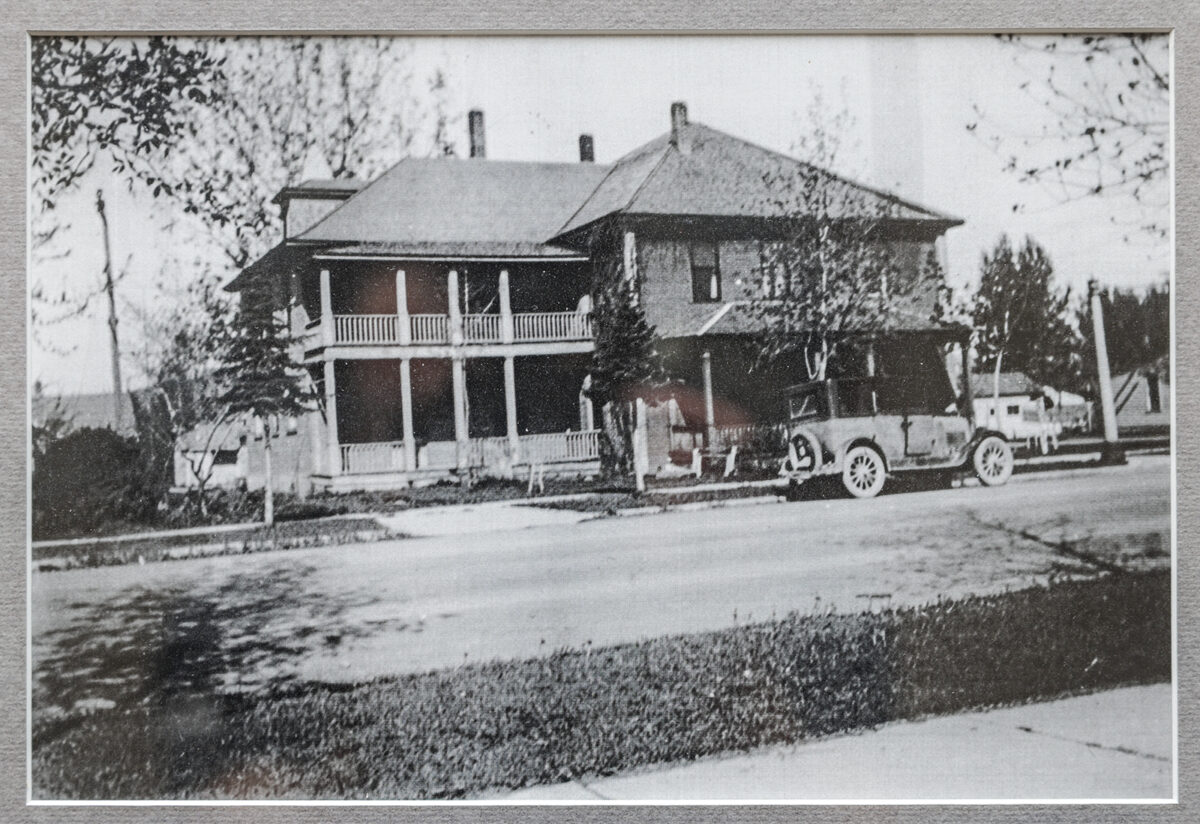
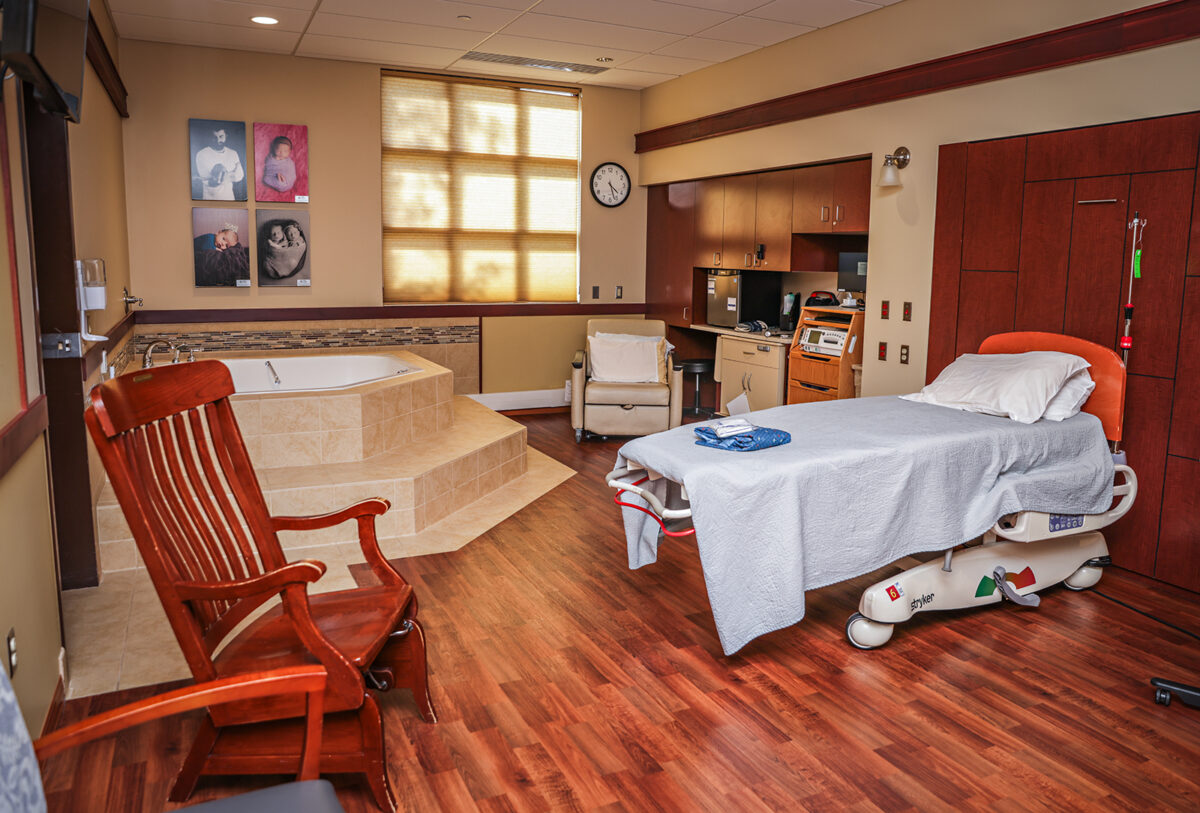
Growing Reach
Eighteen years later, Logan Health CEO Kevin Abel said that relocating the hospital to its current site is still one of the best decisions they ever made.
“The hospital board at that time had great foresight to pick this site because it has given us so much room to grow,” he said recently.
And growth is exactly what the hospital has done in the last decade or so. In 2008, North Valley opened a clinic in Eureka, along with a seasonal clinic at Whitefish Mountain Resort. Two years later, it established another seasonal clinic in West Glacier near the west entrance of Glacier National Park. Also in 2010, it acquired a clinic in Columbia Falls. In 2016, North Valley became an affiliate of Kalispell Regional Healthcare, a partnership that ultimately led to a merger in 2021. By then, KRH had been rebranded as Logan Health, so North Valley Hospital became Logan Health Whitefish. However, that wasn’t the only consolidation. In 2023, Logan Health merged with Billings Clinic, forming a unified healthcare system with 9,000 employees across two states. (For now, the combined system is simply called Billings Clinic – Logan Health, but Abel said he expects a new unified brand to be launched sometime in 2026).
Abel, who became CEO of North Valley in 2017 and now serves as co-CEO of the combined Logan Health-Billings Clinic system, said the consolidation has improved patient access to better care and more specialists.
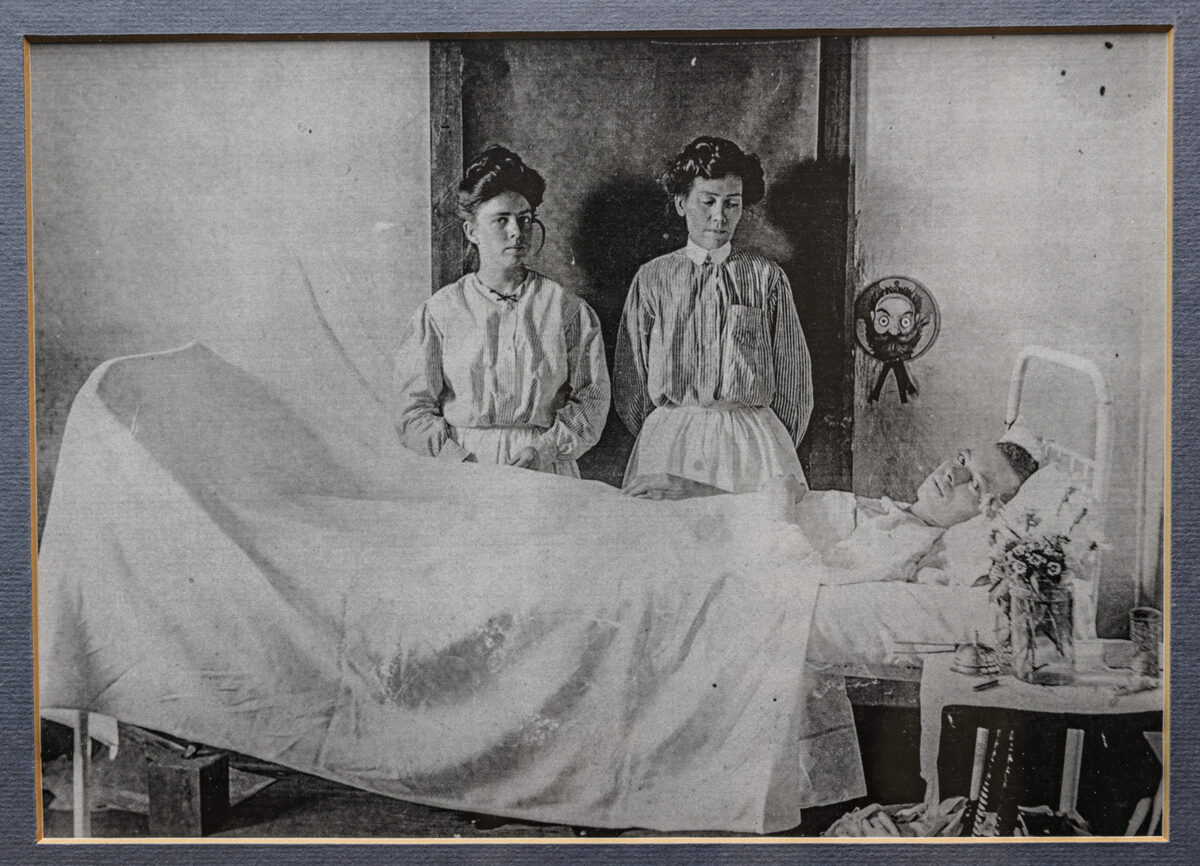
“We felt that the consolidation was the best way to care for our patients in the valley,” he said. “It enables all of us to be on the same team.”
While the Whitefish hospital is now part of a larger system, that doesn’t mean its importance has decreased. In fact, officials at Logan Health report that the facility is busier than ever. In 2019, Logan Health Whitefish (then still called North Valley) had 6,700 emergency room visits; by 2024, that number had nearly doubled to 12,000 visits. During the same period, surgeries increased from 2,100 in 2019 to 3,500 in 2024. The number of inpatient days (which ironically counts the number of nights someone stays in the hospital) rose from 3,700 in 2019 to 4,700 in 2024. Abel attributed much of that growth to population increase; even so, he said it’s a staggering increase for a hospital the size of Logan Health Whitefish. Currently, Logan Health Whitefish employs about 500 people, including staff at both the main hospital and its outlying clinics.
Currently, the hospital is working on an expansion that will eventually include a six-bed observation unit where patients who have undergone less invasive surgeries can recover, while freeing up much-needed space in the emergency department. Abel said he expects Logan Health Whitefish to continue growing, noting that the 45 acres the facility occupies could look very different in the coming decades. It will be a long way from the hospital on the corner that the community had 120 years ago.
“We have a very tight relationship with the Whitefish community (and) we’re so proud of our history here,” he said. “We’ll continue to grow as Whitefish continues to grow.”
Polumbus, the head of marketing and community relations for the hospital, echoed that sentiment, adding that while Logan Health Whitefish is now part of a bigger network, people still feel like it’s their hospital.
“People still say that this feels like a small town hospital,” she said. “It’s close-knit.”